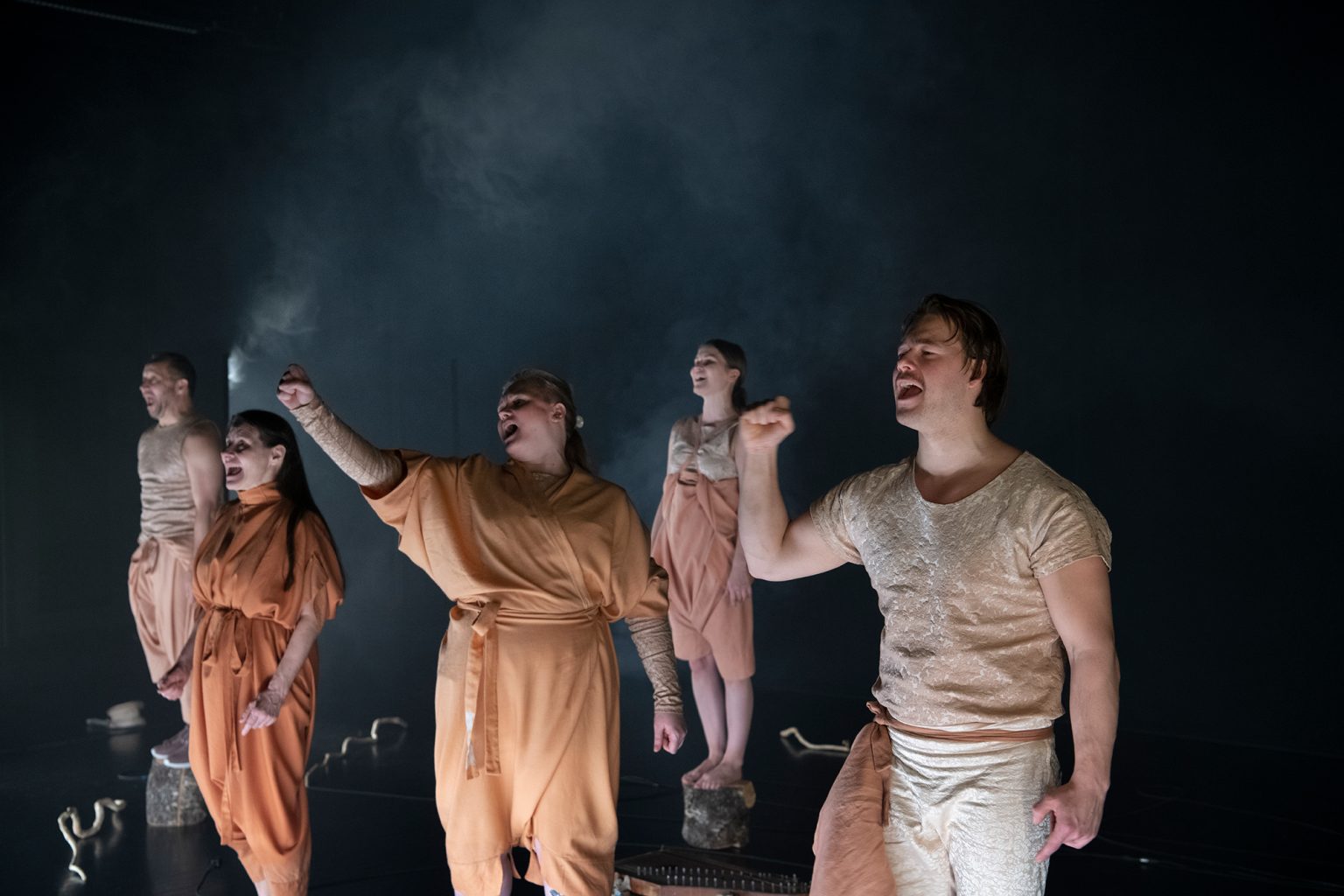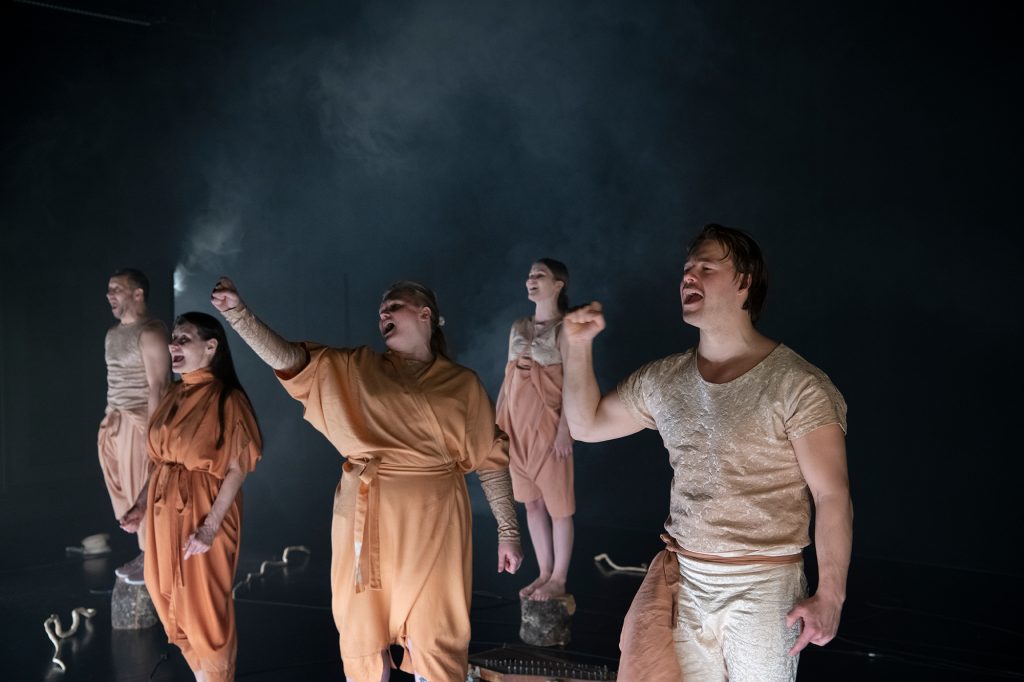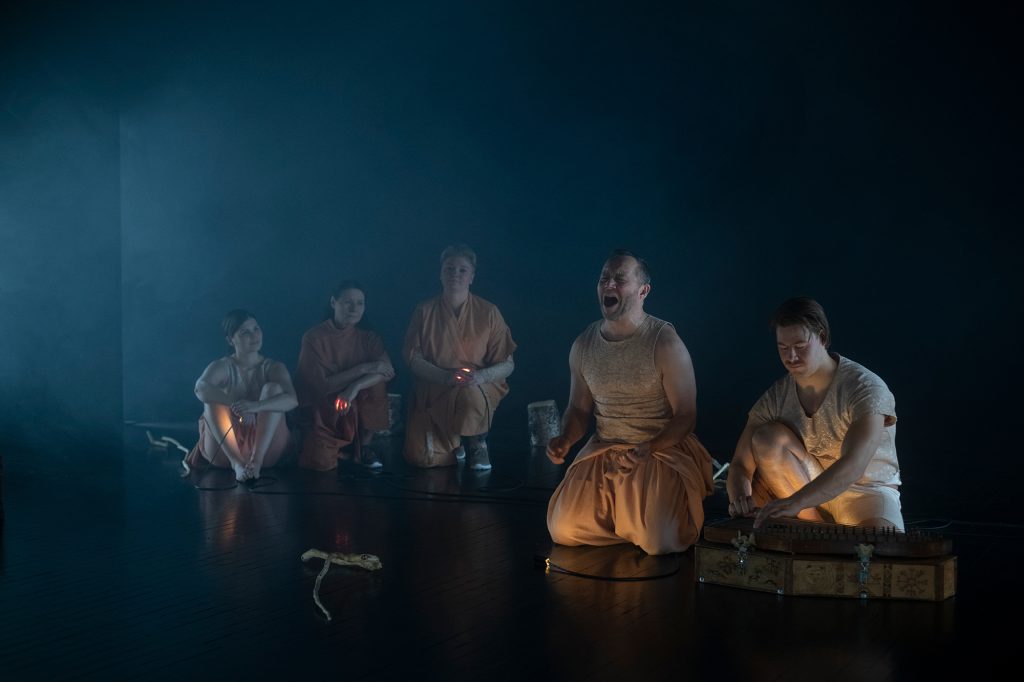Language Acknowledgement
We, the hosts and organizers of Arctic Arts Summit 2022, recognize and respect the many languages of the circumpolar region. The core information on this site is presented in English and French, Canada’s two official languages, as well as in Inuktut, the most widely spoken Indigenous language in the North of Canada, and Southern Tutchone, one of the many First Nation languages in Yukon and the language of the nations on whose territory the in-person Summit will be hosted. The discursive and artistic content on this platform will be available in the language in which it was submitted and/or created.
We acknowledge the predominance of English on the site. This is, in part, a reflection of the use of English as a widely understood language throughout the circumpolar region today. We will, however, encourage and actively seek to include content that reflects the many languages of the North.
View in French | View in Inuktut | View in Southern Tutchone
Land Acknowledgement
The hosts and organizers of Arctic Arts Summit 2022 acknowledge and affirm the Articles of the United Nations Declaration on the Rights of Indigenous Peoples (UNDRIP) and recognize the inherent rights and historical territories of Indigenous peoples across the North and around the world. We recognize and respect the First peoples of the many lands of the circumpolar region.
Connection to land, territories, histories, and cultures are fundamental to our sense of who we are as peoples and societies. We honour this connection and commit to our shared journey of conciliation as we work to build an equitable, sustainable, just, and collaborative future for all.




